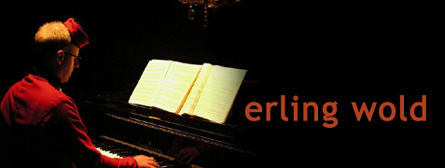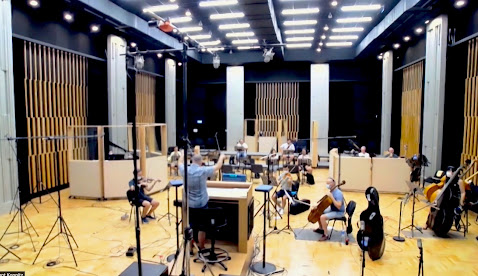I've been recording the orchestral parts to She Who Is Alive with the North Macedonian fames orchestra the last few months. Many covid delays but so delightful to hear the music come to life.
They are fabulous and fearless musicians, although not without complaints about the unending velocity of some of the parts or the Zeitmaße-like length of some of the held notes in the wind. And it seems that every time a 7/8 measure appears in the score, at least one member of the orchestra is unable to restrain themselves from playing Blue Rondo A La Turk during a pause. For me, it is unbridled joy, and getting up at three in the morning to meet with them on the other side of the world is part of the excitement, like waking up to catch a plane or head off on a fishing trip with dad. Which I believe I did once.
I'm still polishing here and there, but the writing is done, and the conductor's score clocks in at 814 A3 pages, about 3 1/2 hours of music, and 1737 pages of A4 parts. I think I will add some electronic bits, as well as processing and editing and melodic fiddling but this is the bulk of it. I've only just begun to think about casting, and whether the voices on Pro Tools will be those of the actors on screen, or if I should split them like Umbrellas of Cherbourg. Not that one has to be consistent. Filming it all seems daunting now, but somehow each piece will fall into place as it always does, and a castle on an icy lake will appear, as will the planes and tropical islands and the chorus of Young Virgins dressed alike in mustard-colored blouses.






